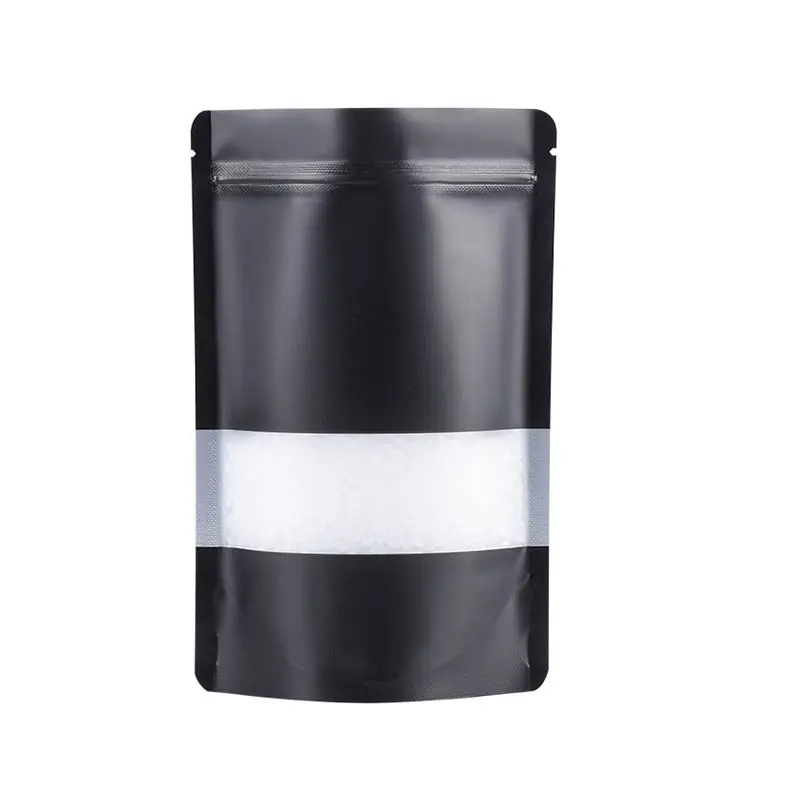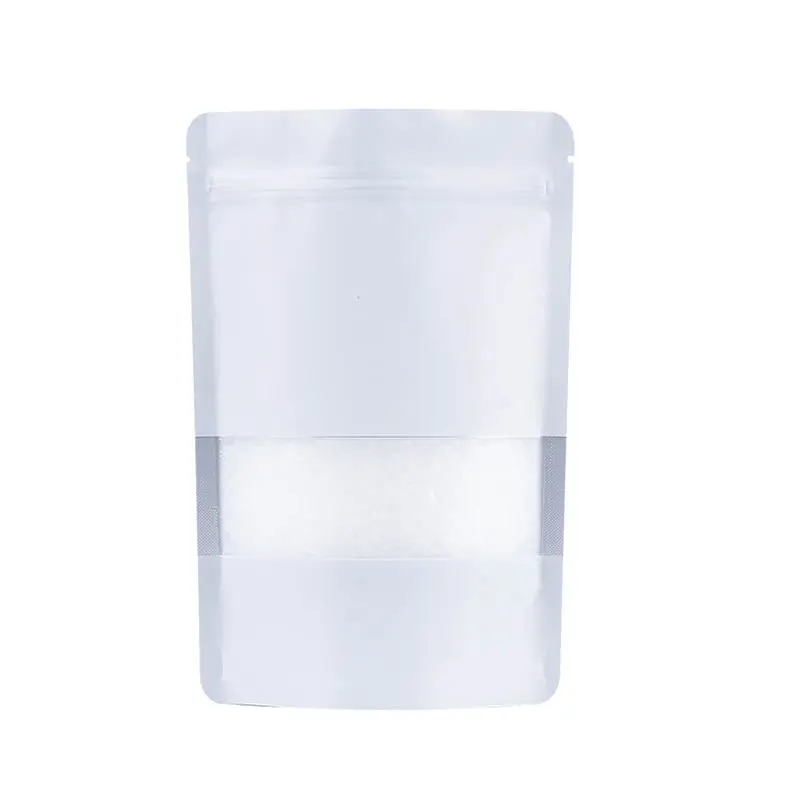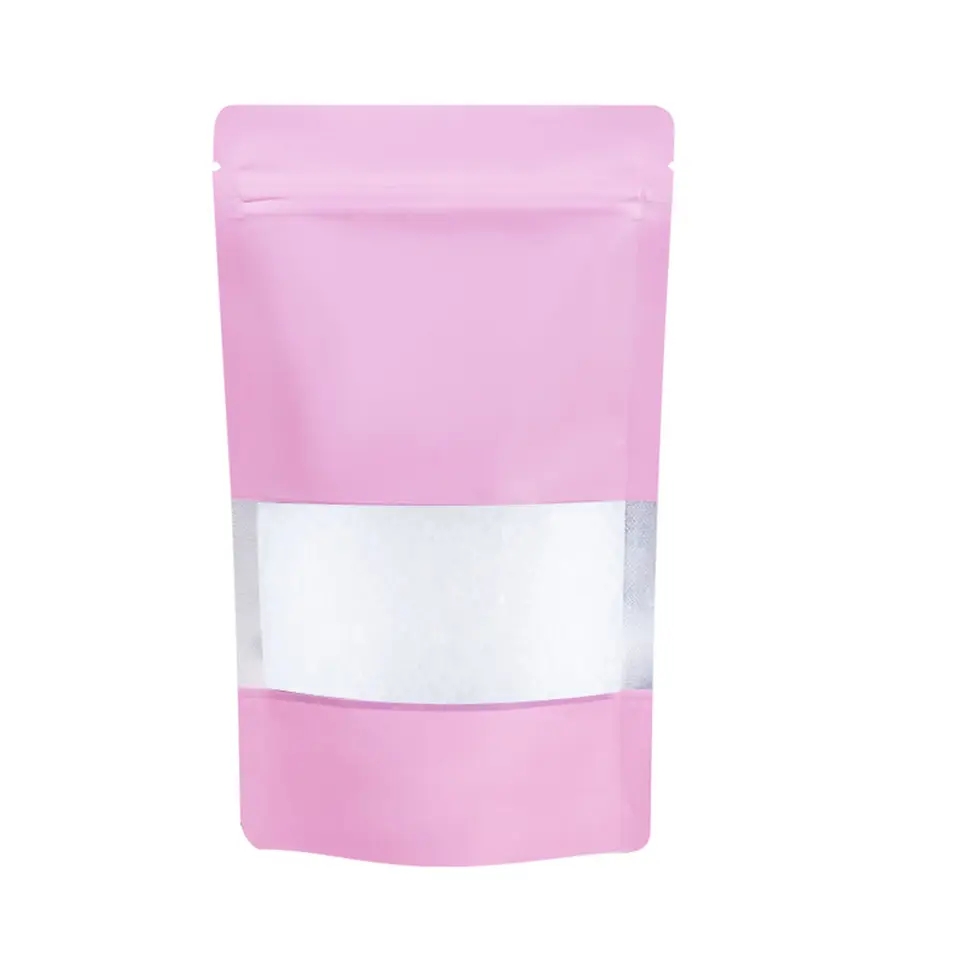Introduction:
With environmental consciousness on the rise, the coffee industry is witnessing a profound transformation in packaging practices. Eco-friendly coffee packaging has become a cornerstone of sustainability efforts, reflecting the commitment of coffee producers and consumers to protect the planet. This article explores the growing trend of eco-friendly coffee packaging, highlighting the innovative approaches and significant impact these practices have on the environment and the coffee industry as a whole.
1. Biodegradable and Compostable Materials:
a) Plant-Based Biodegradable Plastics: Coffee packaging made from plant-based biodegradable plastics, such as polylactic acid (PLA) derived from corn or sugarcane, significantly reduces the environmental impact. These materials break down naturally, minimizing waste accumulation in landfills.
b) Compostable Coffee Bags: Compostable coffee bags made from organic materials, like cellulose or starch, offer a closed-loop solution. Consumers can dispose of these bags with organic waste, creating nutrient-rich compost for agricultural use.
2. Reusable and Refillable Options:
a) Refill Stations: Coffee shops and retailers are introducing refill stations, where customers can bring their reusable containers to purchase freshly roasted coffee. This approach reduces single-use packaging and encourages a circular economy.
b) Sturdy Canisters: Durable and reusable coffee canisters made from materials like stainless steel or glass are gaining popularity. These canisters protect the beans while maintaining freshness and eliminating the need for disposable packaging.
3. Innovative Edible Packaging:
a) Edible Coffee Pods: Edible coffee pods made from materials like rice paper or seaweed offer a revolutionary approach to single-serve coffee. Consumers can simply drop the pod into their cup, where it dissolves, eliminating waste altogether.
b) Chocolate-Coated Coffee Beans: Some brands are experimenting with chocolate-coated coffee beans as a novel and edible form of packaging. Once enjoyed, the packaging leaves nothing behind but a delightful memory.
4. Smart Packaging and Technology:
a) Active Preservation Technology: Smart packaging with active preservation technology, such as oxygen scavengers and humidity control, ensures coffee freshness is extended without compromising sustainability.
b) NFC Labels for Traceability: Near Field Communication (NFC) labels enable consumers to scan the packaging with their smartphones, providing access to information about the coffee’s origin, processing, and sustainability certifications.
5. Consumer Education and Conscious Choices:
a) Sustainability Labels: Clearly labeled sustainability certifications, such as Fair Trade or Rainforest Alliance, guide consumers towards environmentally responsible choices.
b) Public Awareness Campaigns: Coffee producers and industry associations can lead public awareness campaigns about the importance of eco-friendly coffee packaging, encouraging consumers to make conscious choices.
Conclusion:
Eco-friendly coffee packaging represents a fundamental shift towards sustainability in the coffee industry. Embracing biodegradable and compostable materials, reusable options, and innovative edible packaging solutions demonstrates the commitment of coffee producers and consumers to protect the environment. Integrating smart technology in packaging enhances preservation while reducing waste. By educating consumers and promoting public awareness, the coffee industry cultivates a conscious coffee culture, where sustainability becomes an integral part of the coffee journey. As eco-friendly coffee packaging gains momentum, it paves the way for a greener future, proving that small changes in packaging practices can lead to significant positive impacts on the environment and the planet as a whole.


